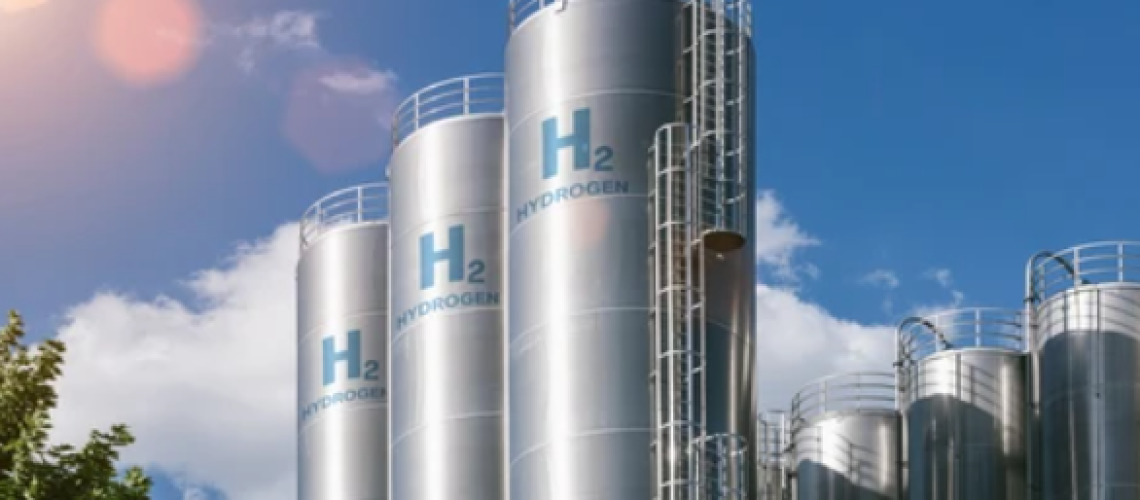Hydrogen is a key feedstock in many refining operations associated with the production of cleaner gasoline and diesel products, as well as high-quality premium lubricant base oils. Crude oil continues to become heavier with higher amounts of sulfur, nitrogen, and metal species. As the demand for heavy fuel oil is decreasing and upgrading the bottoms is necessitated to produce a high-value marketable fuel that requires additional hydrogen.
More stringent environmental regulations have reduced the level of sulfur in both gasoline and diesel products. The combined result of these trends is that petroleum refineries must add hydrogen production capacity to meet the increasing demands in hydrotreating, hydrocracking, and other hydroprocessing processes.
There are many routes to the production of hydrogen. Some of the Hydrogen is generated as a by-product from other units, such as catalytic reformers, but additional on-purpose production is required to meet increasing demands to process heavier feeds and meet tighter fuel and lubricant base oil specifications.
1. Catalytic Reforming Process
Catalytic reforming converts treated heavy naphtha into aromatics or high-octane reformate while generating a huge amount of hydrogen. Hydrogen purities range from 75~95 volume %. Reformate is a high-octane blending component of the refinery gasoline pool. This process normally applies a continuous catalyst regeneration process although fixed bed reforming units are also in use.
2. Steam-Methane Reforming (SMR)
Steam reforming is a method for producing hydrogen gas by the reaction of hydrocarbon in the presence of steam and catalyst using a water gas shift reaction. Natural gas, refinery gas, liquefied petroleum gas (LPG), and low-boiling naphtha are some hydrocarbons with low sulfur contents frequently used as feedstocks for steam reforming. Hydrogen produced by steam reforming is termed ‘grey hydrogen’ when the byproduct carbon dioxide gas is released into the atmosphere and ‘blue hydrogen’ when the carbon dioxide is mostly captured, stored, and utilized. Steam reforming can produce hydrogen up to 99 % purity.
3. Thermal Partial oxidation (POX) Process
Partial oxidation or gasification is the process of combustion of natural gas or hydrocarbon feedstock with a substoichiometric quantity of O2 inside the reformer for generating syngas with H2/CO proportion ranging from 1.6 to 1.8.
Thermal partial oxidation is a noncatalytic process where the generation of syngas depends on O2 to fuel proportion at an operating temperature ranging from 1200°C to 1500°C. The feedstock utilized for thermal partial oxidation can be any carbon-containing matter, that is, natural gas, crude oil, naphtha, gas oils, and coal.
Catalytic partial oxidation can be employed if sulfur content is less than 50 ppm, otherwise thermal partial oxidation is used because higher sulfur content is responsible for catalytic poisoning. Thermal partial oxidation does not require feedstock desulfurization but the absence of a catalyst favours carbon formation.
4. Olefin Production Plants
Olefin production plants, also known as steam crackers, convert a wide variety of feeds, ranging from ethane to unconverted oil from hydrocrackers, into ethylene, propylene, higher olefins and aromatics. Hydrogen is a by-product, which can be consumed in the plant or exported. The hydrogen stream may contain around 4% CH4.
5. Chlorine plants
Chlorine plants generate hydrogen and chlorine from aqueous hydrochloric acid. The hydrogen may contain unwieldy amounts of Cl2, which must be removed before the hydrogen is exported.
6. Hydrogen Recovery from Refinery Off Gases
Hydrogen can be recovered from the Hydroprocessing units’ purge streams. Purge streams are applied to maintain the hydrogen purity in the recycle gas and also to control the pressure of the system. Wet Gas from cracking units and FCC units contains a significant amount of Hydrogen.
Similarly, a sufficient amount of Hydrogen can also be recovered from the flare gas and gases streams going the flare gas header.
Top References
- Springer Handbook of Petroleum Technology by Hsu Robinson
- www.sciencedirect.com
For further information, discussion and queries please comment in the box below or contact us at admin@ or follow us on Facebook & LinkedIn.





